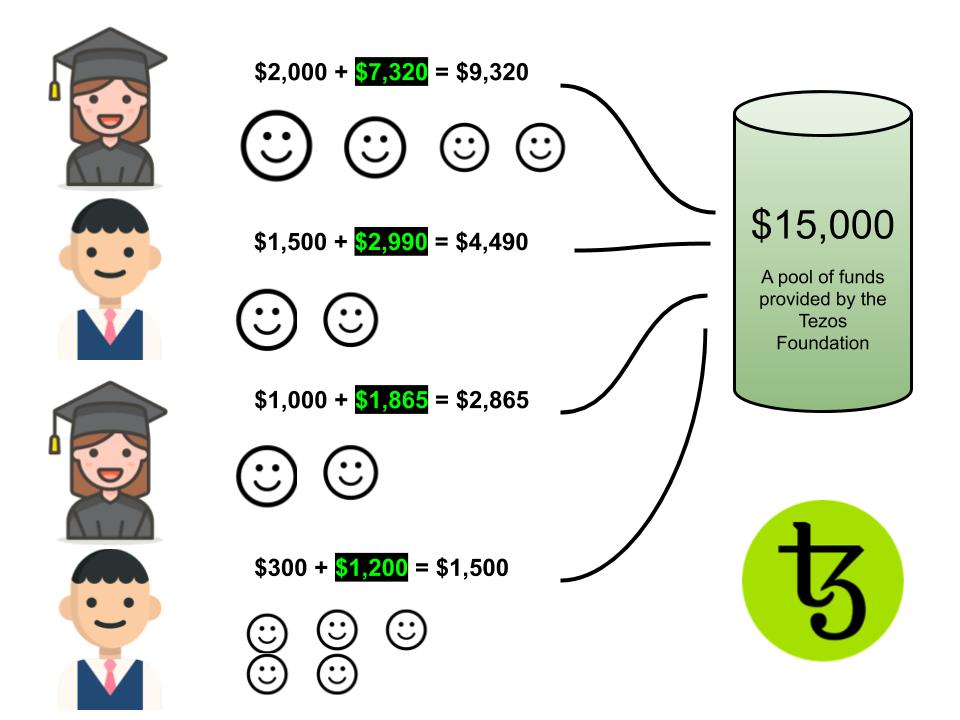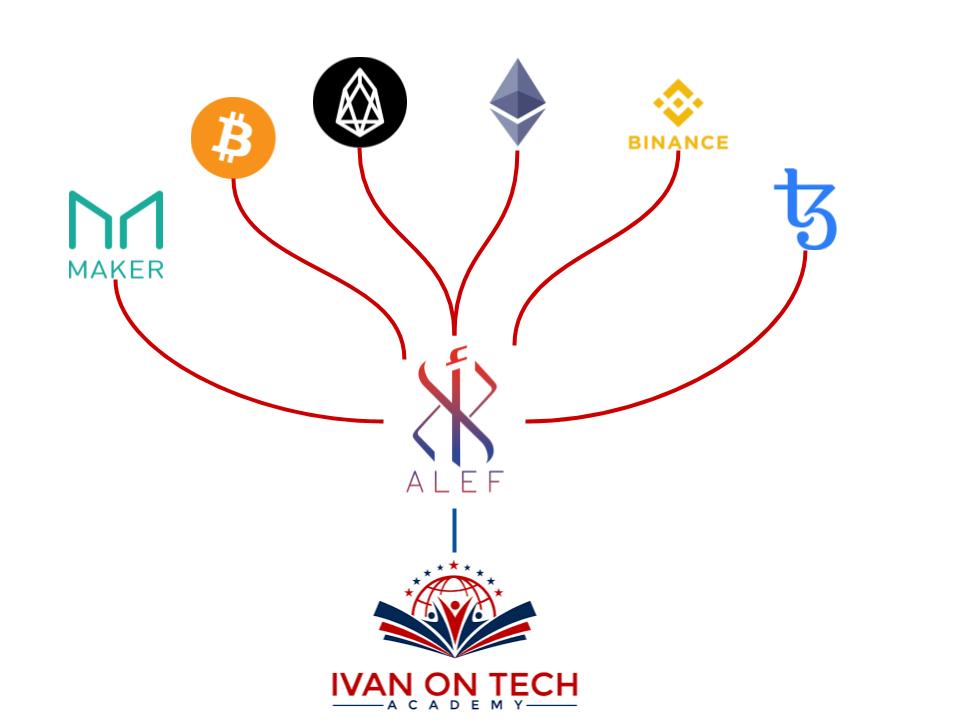So about three months ago I posted this thread asking the academy graduates to participate in a project related to DeFi where we use the Compound protocol as a way to fund scholarships for students who want to join the academy without their sponsors losing any money in the process since the tuition fees are covered by the generated interest. We called it Alef and since then,18 people including some superstar-OG’s like gabba, Fabrice, and others have joined the discord.
To visualize Alef and get a general idea of how it works you can check this primitive design that Ivo and Mauro made. And to understand how it will be integrated with Compound you can have a look at one of our meeting summaries.
It sounds like a cool crypto project but we have to ask ourselves:
- Why would sponsors lock $10,000 of their hard-earned money into a risky contract that’s built on top of three other risky layers (Ethereum, MakerDAO, Compound) especially in these hard times?
- Why would they donate $200 to a random student that lives in another continent (besides receiving some tax reliefs)?
- And most importantly, how do you make sure that the students who are getting the scholarships are actually smart, competent, and deserving of these funds? Sorry but a resume and a cover letter won’t cut it!
QUADRATIC VOTING
To solve these questions we need to call upon The Forbidden Exodia of Decentralized Applications, Vitalik Buterin. I’ll let my boy explain it to you in these two interviews that I clipped:
In short, this is a voting mechanism intended to reward projects that contribute to the development of a public good with money that comes from a central pool of funding. It’s already being applied in Gitcoin grants.
For example, you could imagine a public good being the Tezos cryptocurrency ecosystem (I’m going for Tezos because I think it’s a great platform but there aren’t a lot of developers building on it). And the projects in our case are represented by students who want to study Tezos programming and hope that in the future, and after graduating, they can contribute to this ecosystem. The way we set up the rewards is by asking individual donors, governments, philanthropists, etc. to lock an amount of money in a central pool of funds. In this case, it will probably be the Tezos Foundation. And finally, you let the Tezos community vote over who gets what from that funding pool. In other words, they will divide this pie into slices (rewards) by voting with their money to the students who they think will have the most positive impact on the ecosystem. Students who have previous experience in functional programming are likely to receive bigger slices than those who don’t. A student, Alice, might have that skill and also have developed Ethereum dapps and open-source projects before so she will probably get the biggest slice as seen in the drawing below
In the next picture, the funds (green-colored) will be drawn out of the pool and distributed to each student according to the number of contributors n and the size of their contributions c, using the quardatic equation 
As you can see above Alice who raised the most amount of donations from the community will also receive $7320 from the Tezos Foundation. The total amount of $9,320 will be sent to Alef to then be locked into Compound for 6 months to generate 4% of interest which will yield $186. This means that Alice will be granted 6-month access to the academy where she can learn how to develop dapps on Tezos (3-month for Bob, 2 for Lizzete, and 1 for Ivan). At the end of the 6-month period, contributors will get their locked money from Compound, and the foundation’s funds will be funneled back into the pool for the next round.
Notice that if some other student receives $300 but only from one contributor, as oppose to Ivan’s case where there are four contributors each donating $75, she will only be funded with (√300)² = $300 instead of (√75+√75+√75+√75)²= $1,200 from the pool since there aren’t a lot of people supporting her.
So to recap there are four types of participants in this system:
- An academy: Ivan on Tech Academy teaching high-quality blockchain and programming courses.
- Students: Competent individuals who are eager to learn and develop in an ecosystem applying for scholarships.
- Ecosystems: Companies, foundations, and exchanges providing the bulk of the funds in order to onboard talented developers.
- Contributors: Crypto communities selecting the best available talent to build the ecosystem.
Let me know if you liked the idea and please join us in #BUIDLing this DeFi-based academy!
*There are some unimportant approximations that were made (monthly subscription rewards and Compound interest rate)
*Alef and the quadratic voting mechanism can work independently of one another so in case one of them turns out to be inefficient (i.g the interest rate of Compound crashes to zero) the other could work just fine (Quadratic voting with funds directly donated to the students)
*Link to a summary of the quadratic payments mechanism
*The full research paper: Liberal Radicalism: A Flexible Design For Philanthropic Matching Funds by Vitalik Buterin, Zoë Hitzig, and E. Glen Weyl





 please join our discord and I will guide through our development process
please join our discord and I will guide through our development process